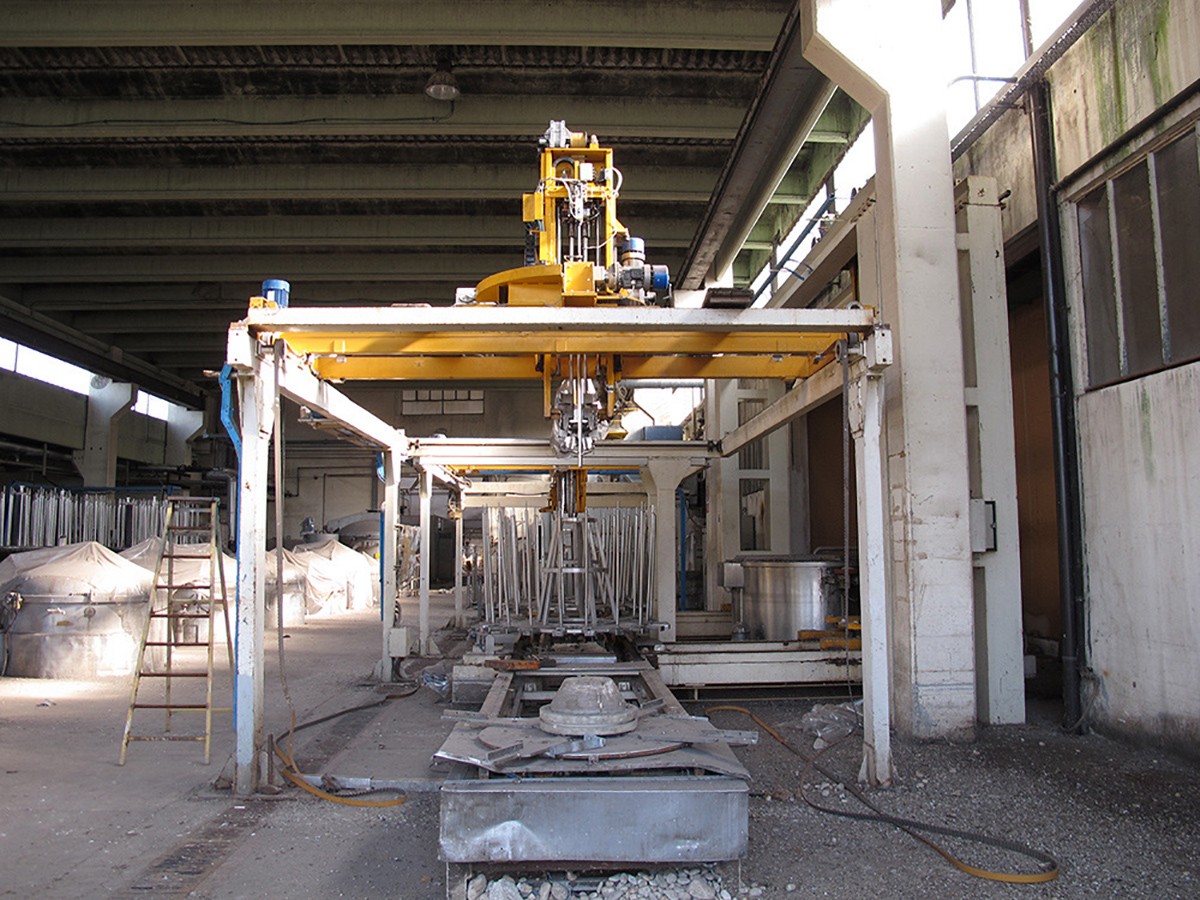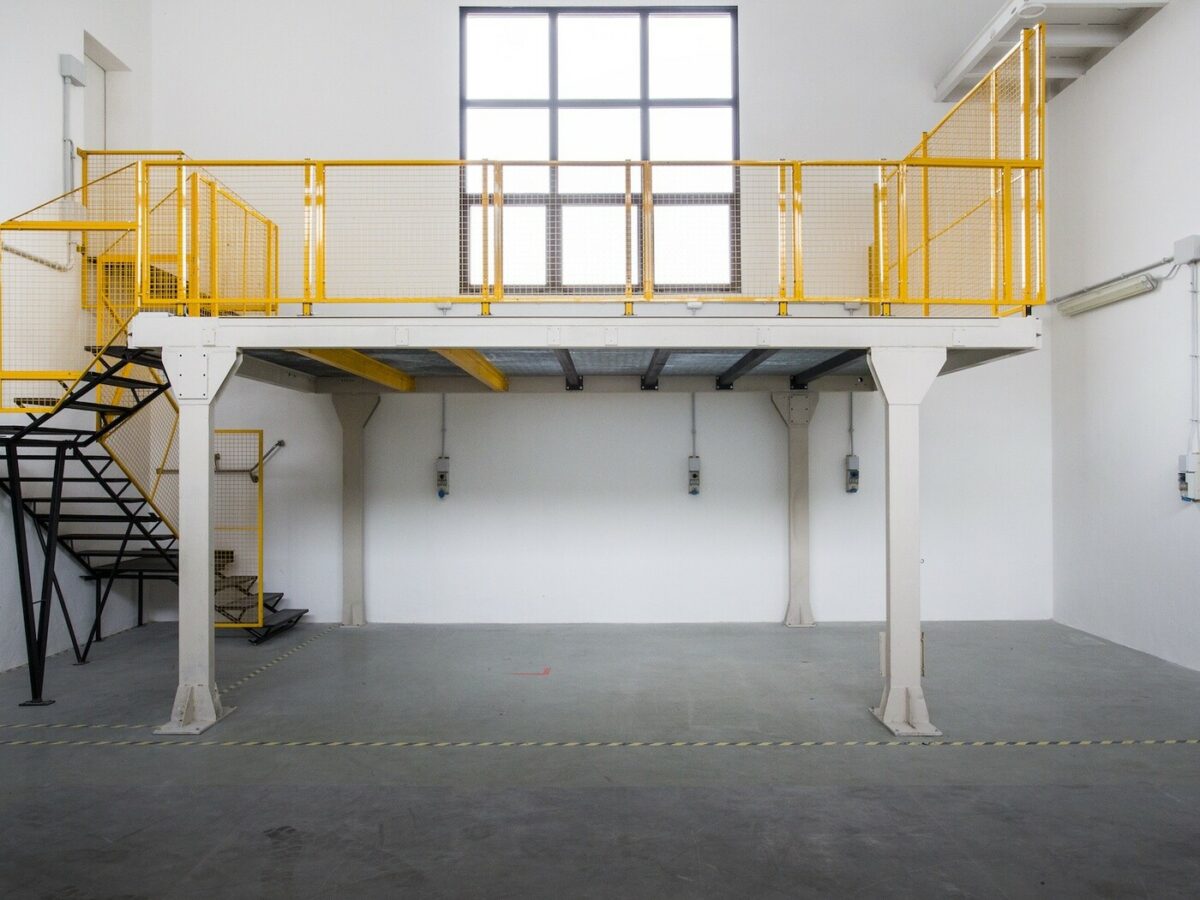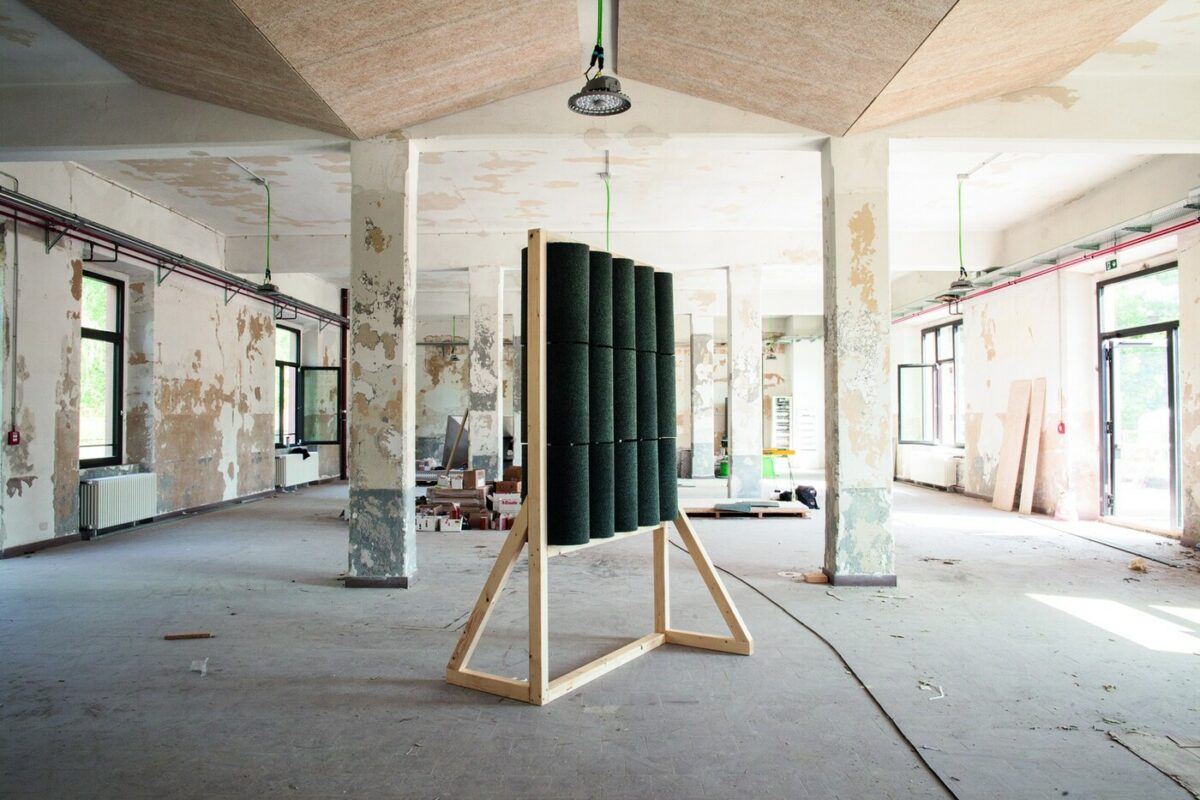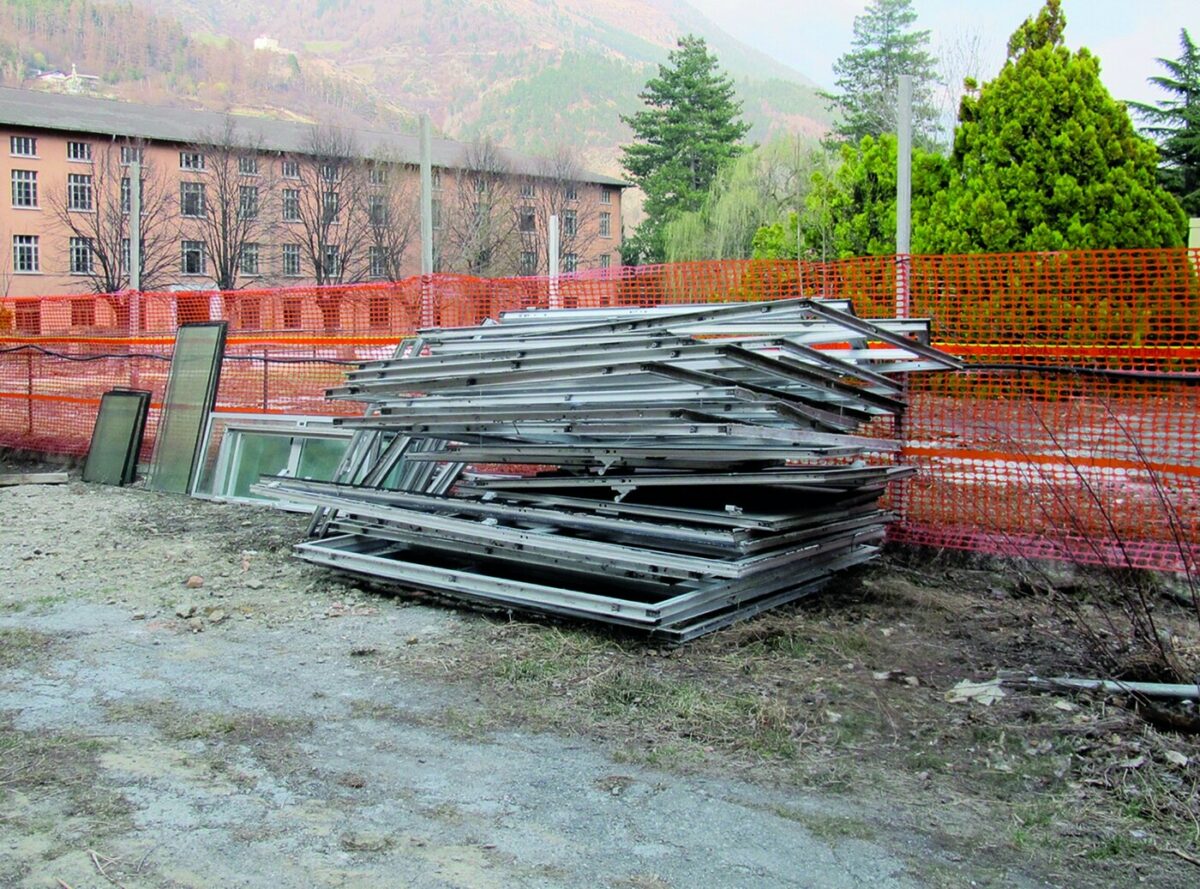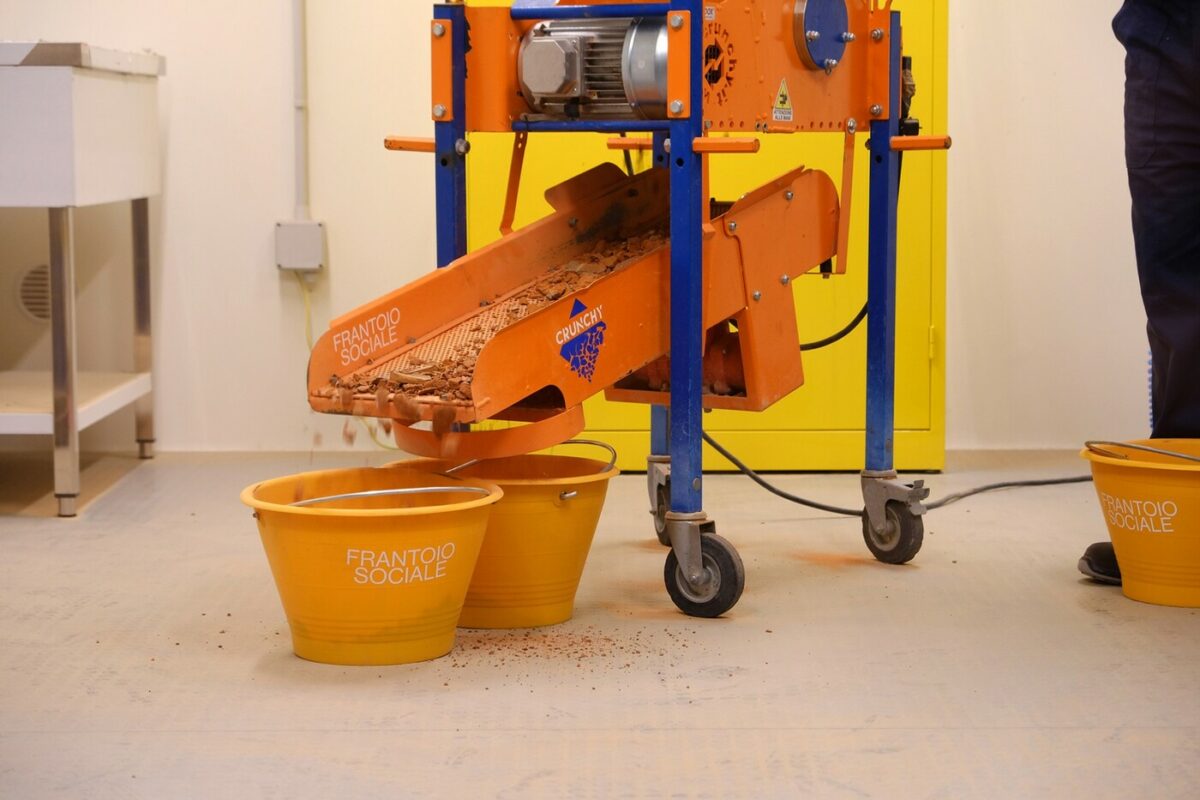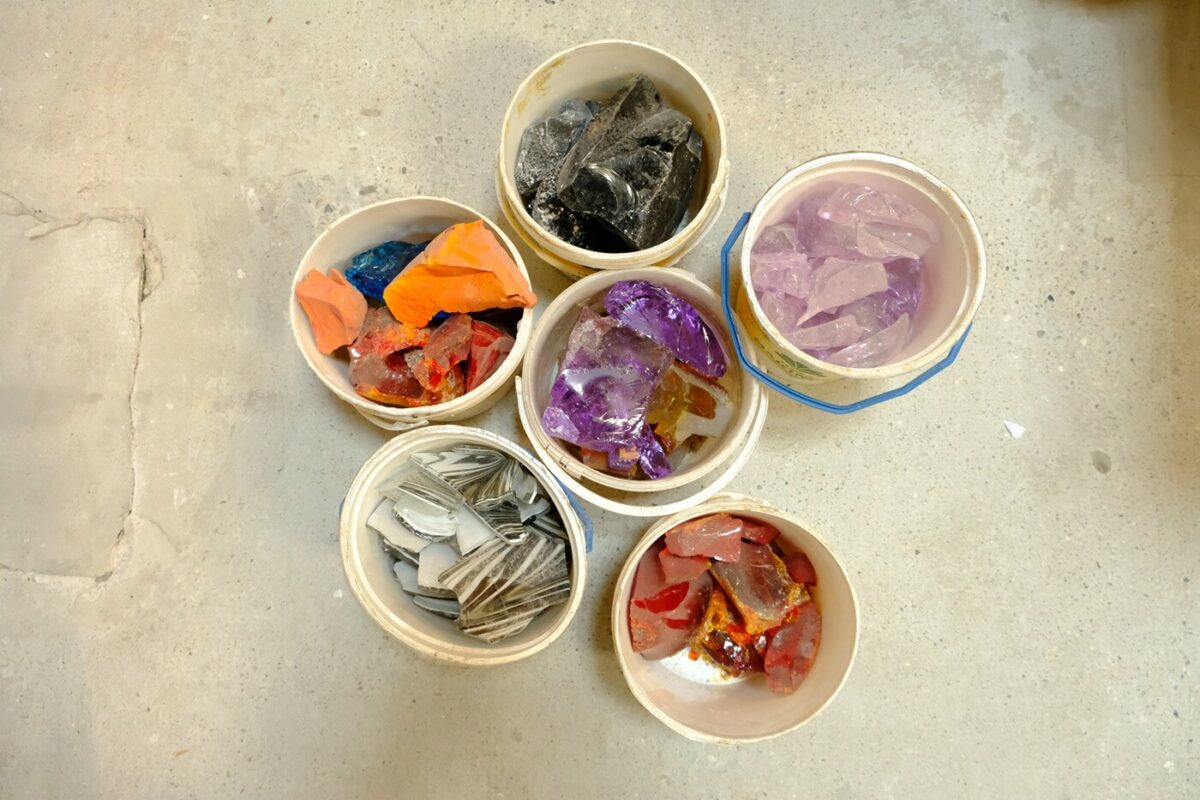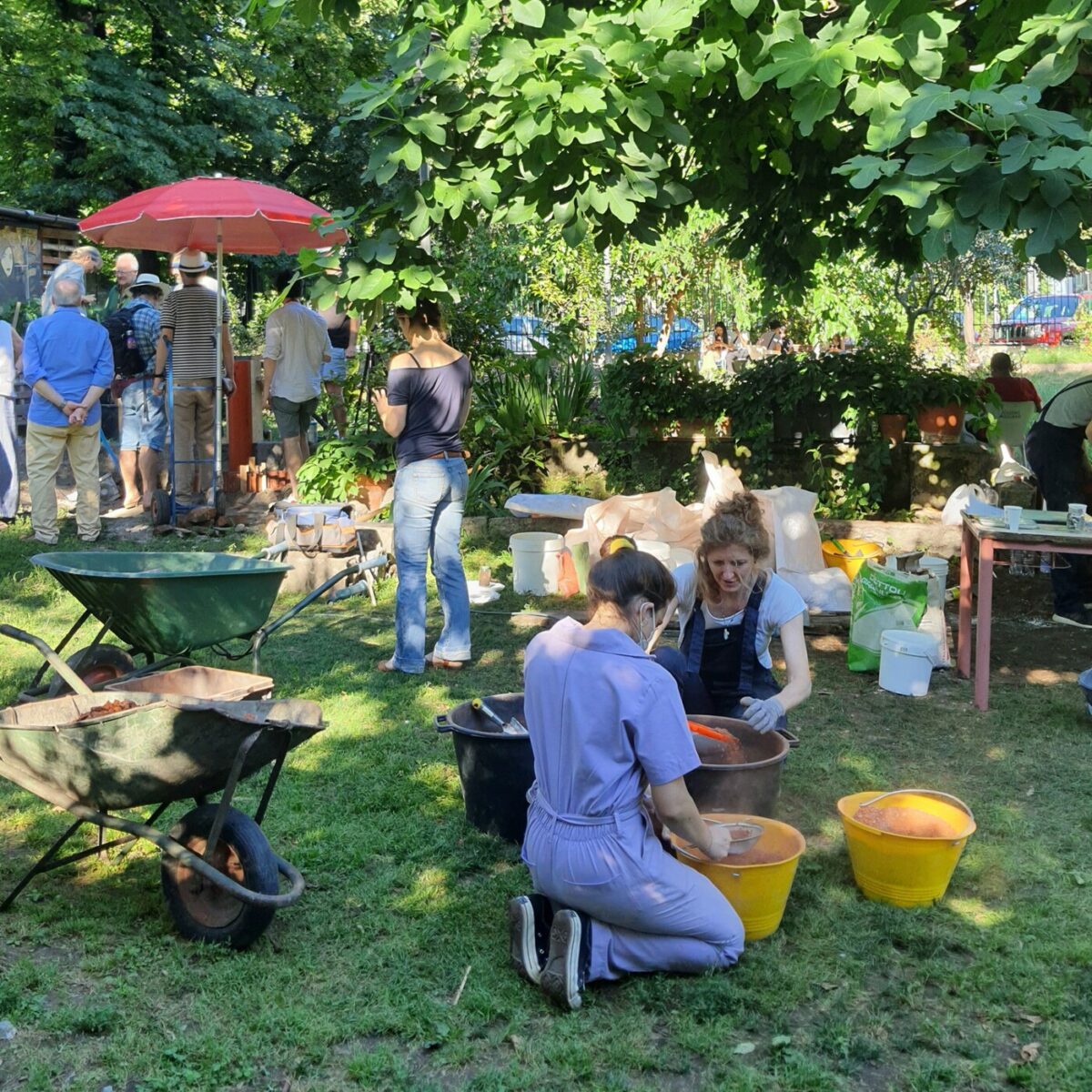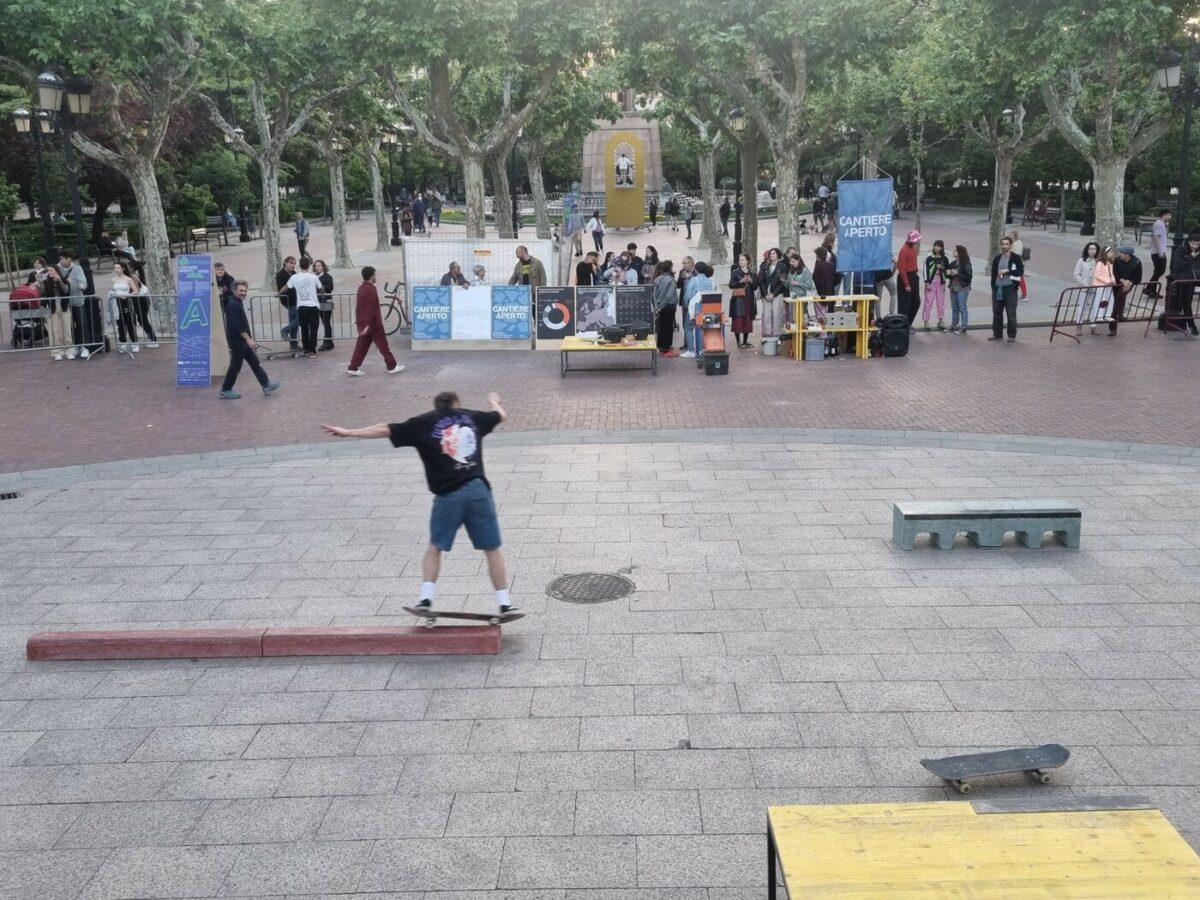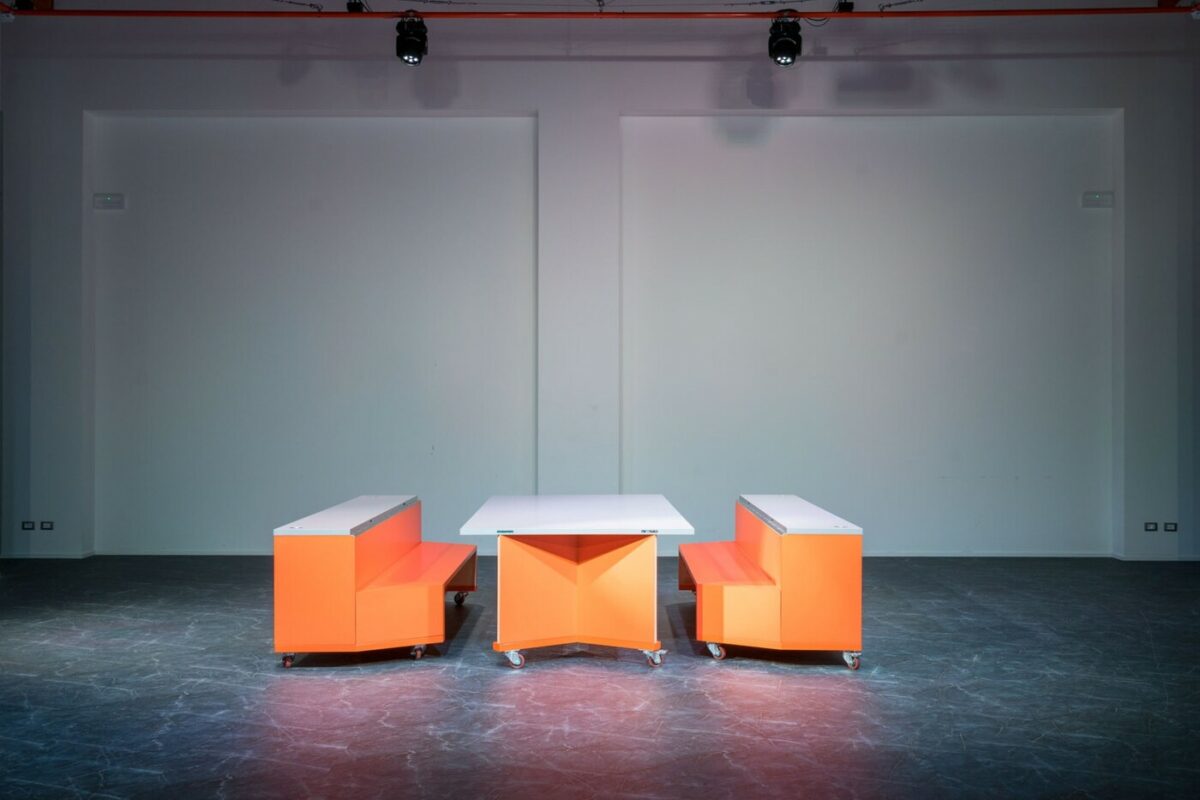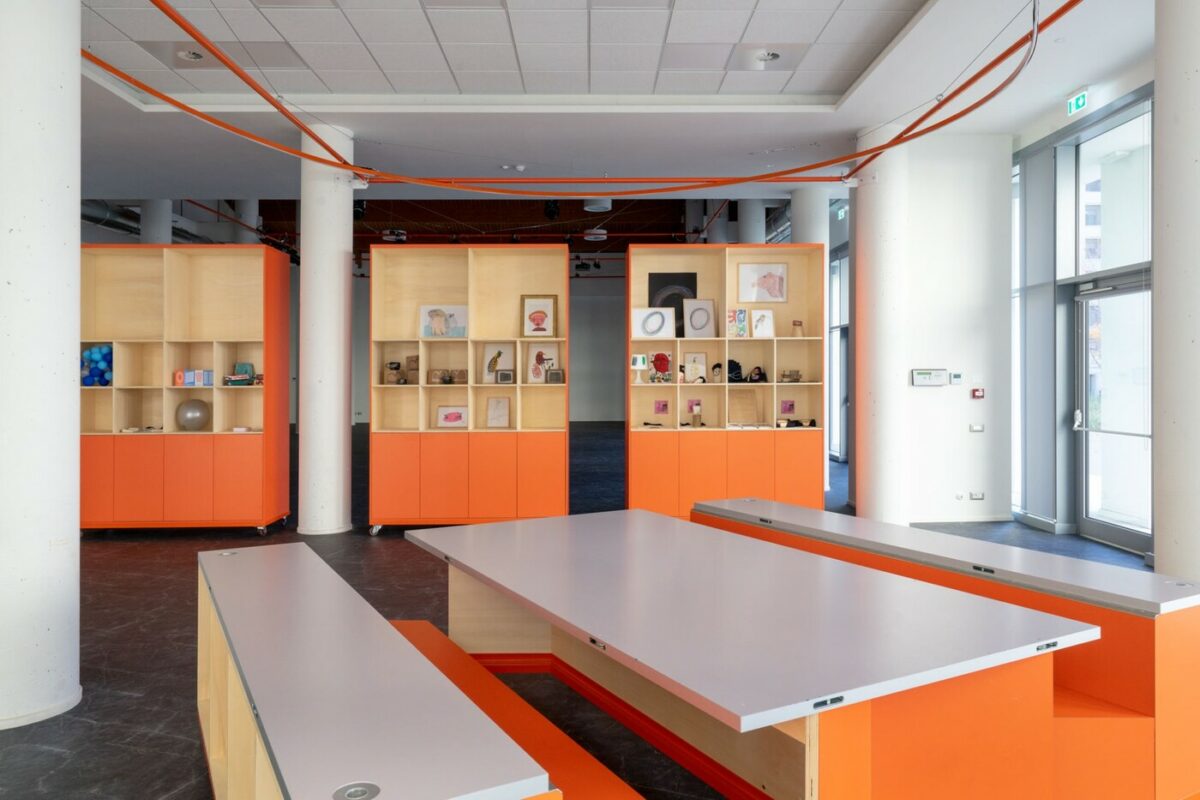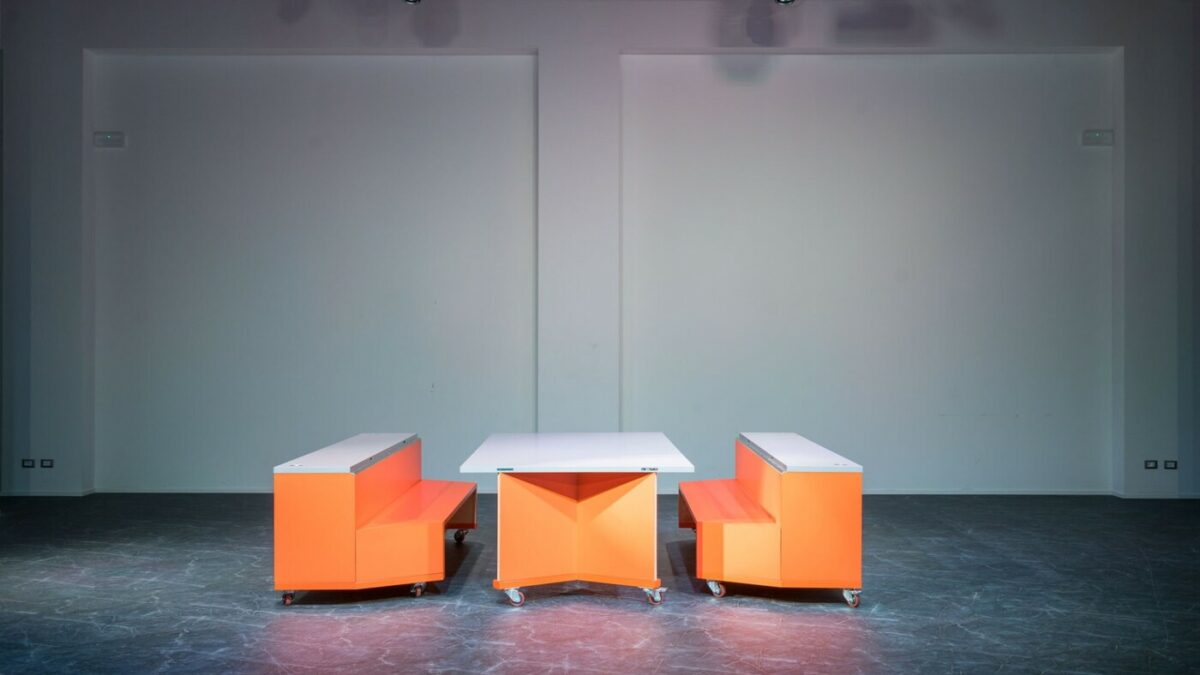
Studio GISTO, design that activates change
Far from the glossy design that follows aesthetic trends and struggles to find sustainable solutions, there are also studios and designers who are still able to show the true political value that design can have. One of these is Studio GISTO, founded by Alessandro Mason, architect, and Alice Cazzolato, psychologist, in 2010 in Milan – also a couple in life. The name is a reference to the family (but also, as we shall see, to the origins of the Studio’s thinking): it is in fact the name of Alessandro’s father, Gisto – instead of Sisto or Egisto – born from a mistake made by the registry office that made him the only one in the world with this name. Almost an acronym, which the firm adopts as the name of its practice. (cover Magnete, ph. Diego Mayon)
We start from the origins because it is often in our own roots that our personal sense of design is to be found, and so it is for Alessandro: from an early age he frequented the forges and workshops of craftsmen in the Treviso area, thanks also to his father’s work as a blacksmith (the stylised figure on GISTO’s business card – drawn by Goga Mason, illustrator and artist, Alessandro’s sister – part of the new brand identity signed Parco Studio). Over time, this allowed him to acquire an almost renaissance vision of the project, like a general contractor, preferring a path that goes from design to production, attentive to certain values, beyond trends and styles. He then trained between Venice and Milan in Architecture and immediately began developing projects with friends and building his own network of craftsmen. Later, he decided to found the studio with Alice.
From the meeting with Joseph Grima, with whom he still collaborates, come the first professional assignments including the project at the Biennale Interieur in Kortrijk in 2014. Here, Studio GISTO’s thinking and approach to design and architecture is already evident. For Broel School Demolition, curated by Joseph, the team works with and transforms the elements of a building in the city centre undergoing demolition (the Broelshool) to critically analyse this transition and access the exhibition SQM: The Quantified Home, on the first floor of the space. Specifically, through the Broelschool Demolition Workshop (video at end of article) ten designers and architects are invited to carry out a series of graphic and physical interventions on the architecture of the school, for example, the bicycle shelter is dismantled and reassembled as a staircase to create the new access, functional to the exhibition. Thanks to this intervention, visitors have the last opportunity to explore this building before its demolition and subsequent construction of flats. Using the structure and the elements themselves as a source of reusable material, the workshop preceded the destruction and celebrated the school’s transition into its future.
c
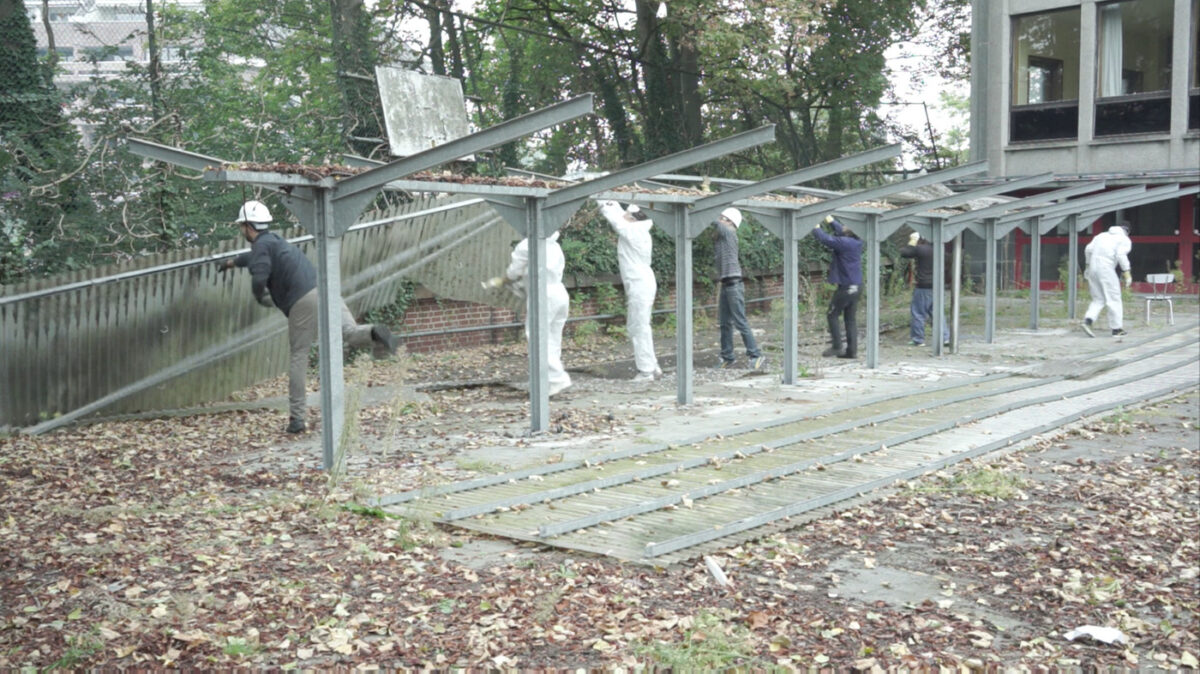
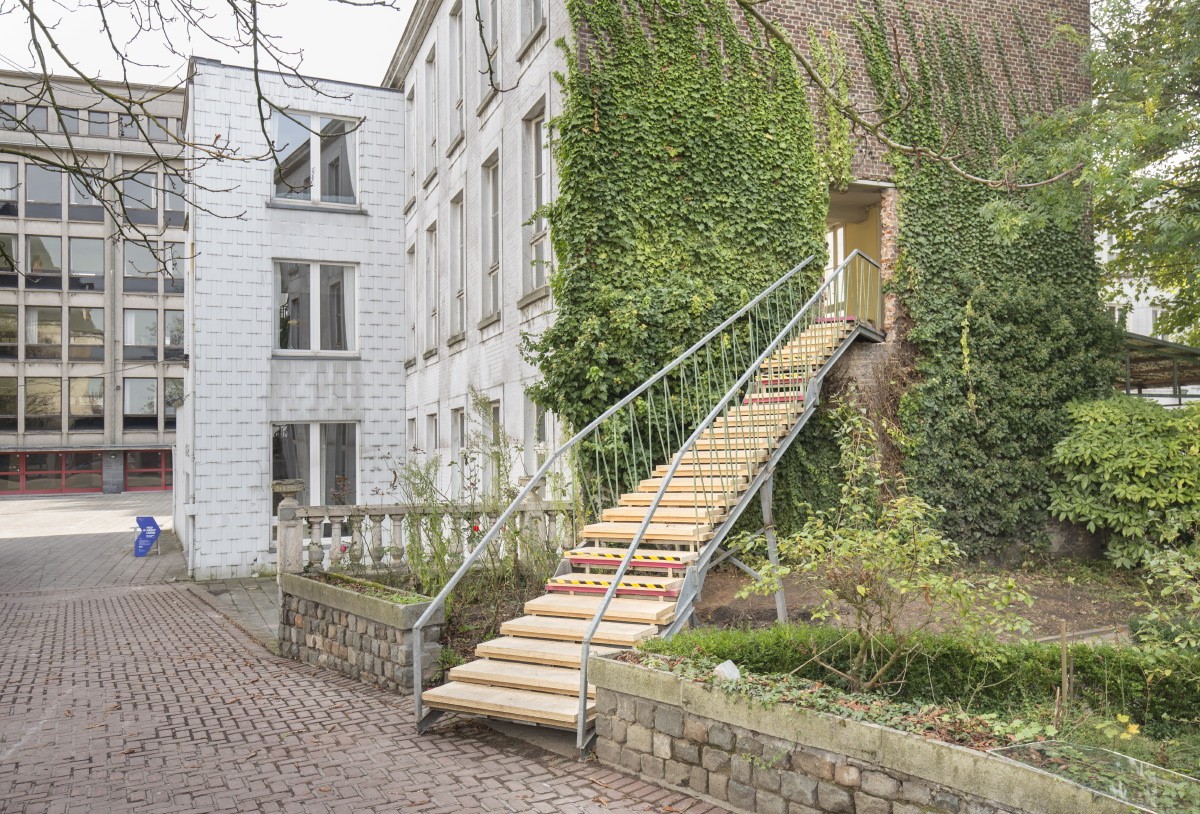
c
The Studio GISTO method is also being applied to other types of spaces such as, for example, the FabLab CfV. The project (2015) responds to a problem that arose following the economic crisis of 2008-2011 in which many companies closed or declared bankruptcy. When the lots with the warehouses and residual materials were sold, there were often obsolete industrial machines, difficult to dispose of due to their weight and size, or materials that were useful but had such a small volume that they were too expensive to transport. Studio GISTO works in this ‘grey area’ through a series of interviews, mapping and then designing a space, using only locally sourced raw materials and thus investing more in the cost of craftsmen. From a 4x6m industrial robot, a solid mezzanine is created, railings and gratings are used as flooring, the protective elements of the machinery as railings of the stairs of the new space, created by the parapets. A transformative action with no material cost and that helps reuse structures and waste that is difficult to dispose of. “The construction site becomes a mine.”
This becomes even more interesting with a larger scale: if instead of five windows I have 400, what happens? With Multiplo per Basis (2019), Studio GISTO works at a former barracks in Silandro and here continues its journey exploring prototyping and accessibility. After careful mapping, the volume of raw materials was such as to trigger new thinking: in this case, the structures became elements for the design of furniture and objects functional to the future use of the space (cultural centre). Following the design and prototyping of some typologies, the studio created a real instruction manual, “somewhere between Autoprogettazione (E.Mari) and an Ikea manual”.
From here, however, GISTO realises that beyond the machinery and structures – the ‘readymade’ pieces – the main problem is the large quantities of inert materials to be disposed of. “The recovery of certain resources is an ancient habit, think of cocciopesto or Venetian floors, the reuse of waste had become an art. It is a cultural problem and we decided to work on this more social aspect of the issue”. Frantoio Sociale was born, in collaboration with Hund Studio: as the name says, the inspiration is that of the agricultural world, of the wine cellars or social oil mills where the community went to work the raw material and everyone contributed to the final result, an event that also became a celebration for the community. Similarly, Frantoio Sociale wants to decline this idea for the transformation of spaces and the recycling of so-called ‘waste’. At the centre of the ideal oil mill is the Crunchy demolition machine, part of a product line designed and produced by Meccanio Srl.
c
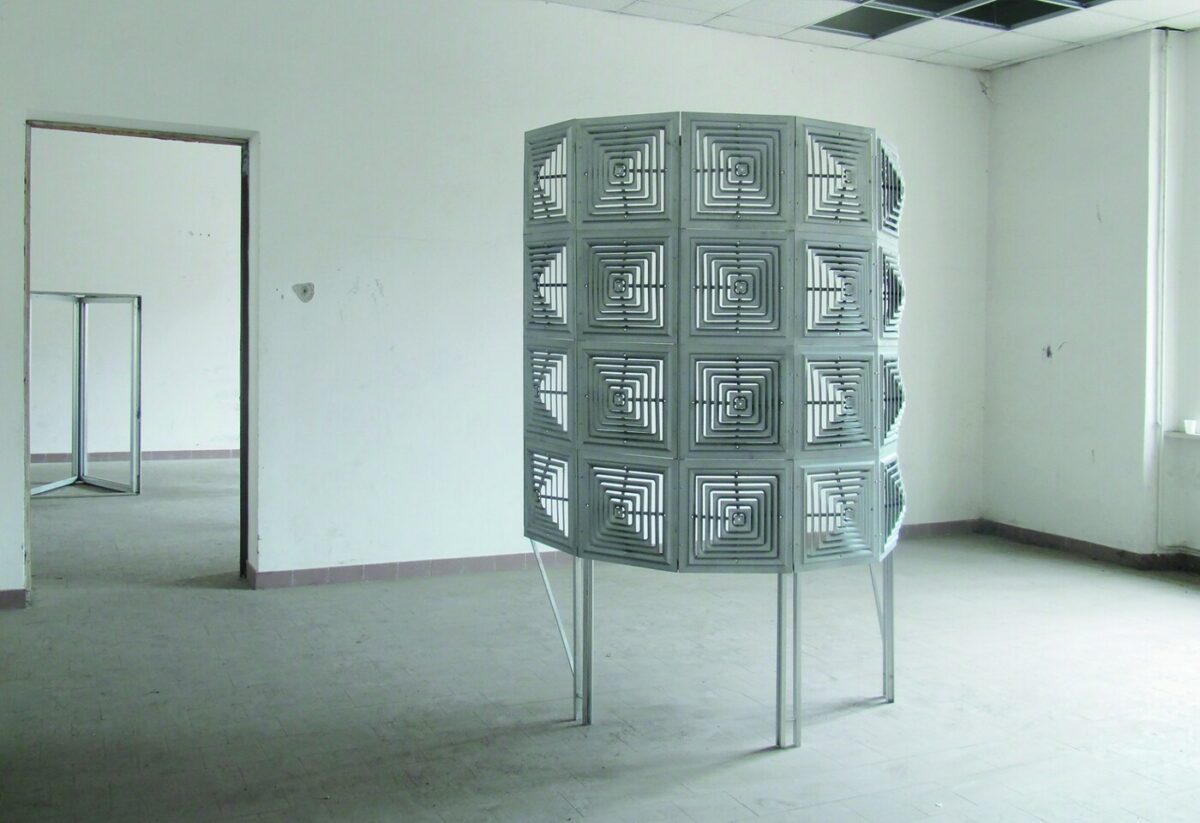
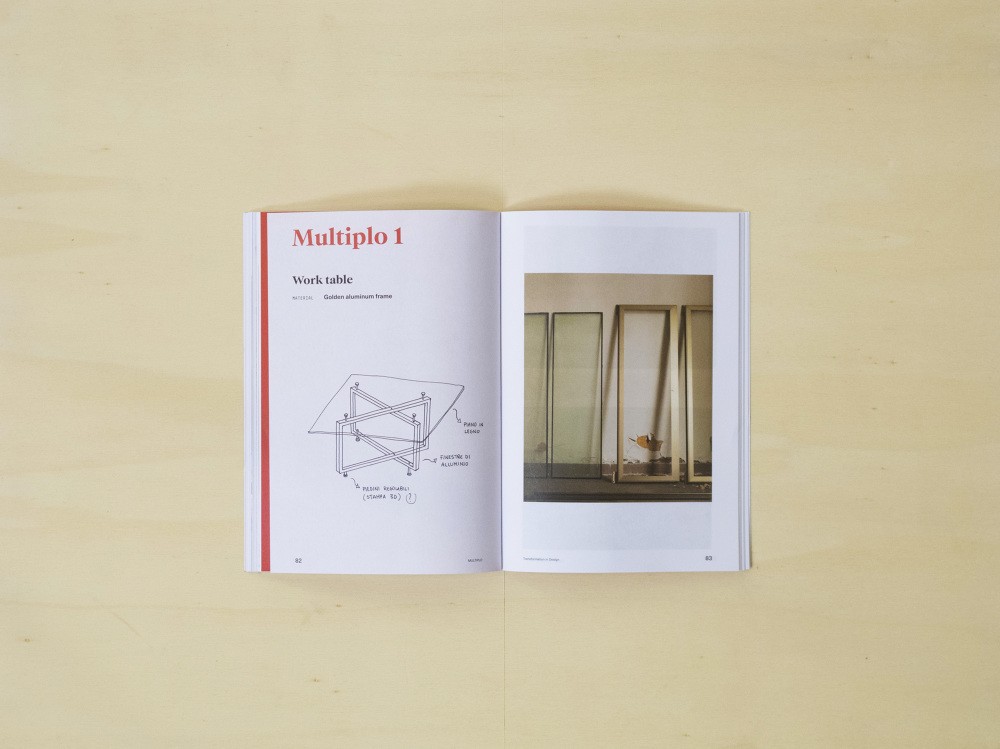
c
The project came to life three, four years ago: in Venice with a group of students, it was developed into a mapping of natural and man-made waste materials (Murano glass, stones, shells, marble and brick scraps) and then translated into a tale of Venice, a material report of the city. For the next three years he took part in the Fuorisalone with events involving artists and designers, while Frantoio is currently collaborating with Studio Ossidiana on the interiors of the GAMEC in Bergamo. In this case, the project takes the form of “a strange dystopian service”: the materials for the new interior design of the museum by Ossidiana will be partly recovered from the city and from former quarries around the province. The waste will then be transformed through a workshop to be reused in the space.
Frantoio Sociale is a collaborative project, not involving the design of furnishings or final forms but a service that is made available to the community to help create change on a cultural and design level. We can also find this vision in the interior design interventions created by Studio GISTO, infrastructures that are made available to the community, as in Magnete for Proges, (ACC Milano, 2022): here the research work, which starts from previous projects such as the set design for Diranno che li ho uccisi io or more recent ones such as the furnishings for Parco Gallery, is applied to an auditorium of a community centre. The studio has deconstructed the idea of the stage by creating a matrix of objects that can respond to different needs: the stage is made up of a system of benches-grades and tables, the 3x5m “foyer” is a dismountable space with bookcases and blackboards that become dividers, as is the lighting system, set up on a grid system that allows complete versatility. All the furniture is designed with wheels to facilitate transport. An intelligent and flexible solution that meets the needs of a complex space that can host concerts, parties, markets, workshops.
Recovery of materials, accessibility of spaces, cultural change, psychology applied to design, these are just some of the themes addressed by GISTO’s projects. Site-specific works that activate transformation processes and do not respond to a precise aesthetic other than that of their very function, sometimes conceived for the community, sometimes reassembled, sometimes the result of mapping and local resources. To discover other projects and learn more visit the new website – also the result of excellent reading and interpretation of the studio by Parco – and follow GISTO on Instagram!
c
